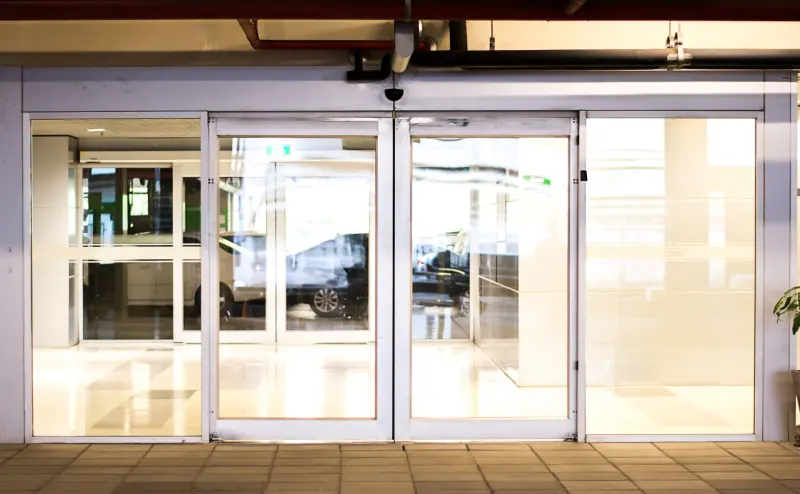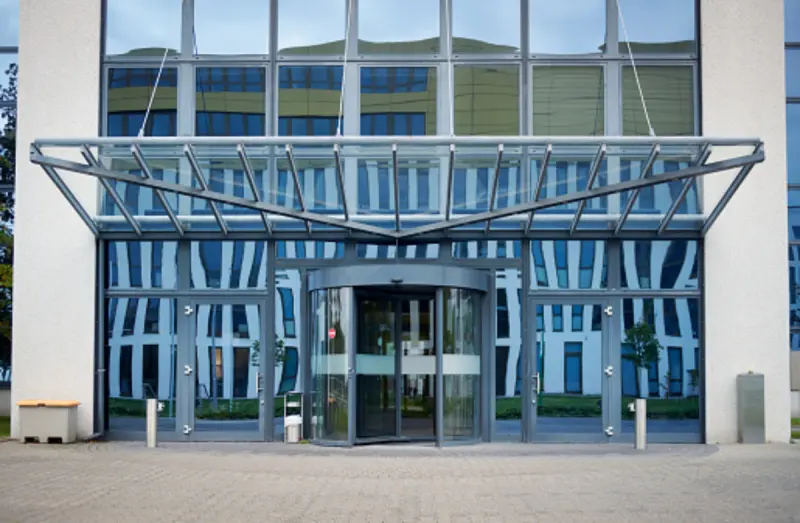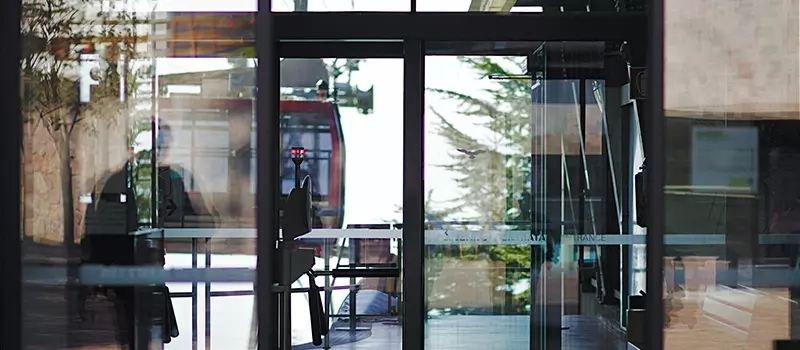Why is it important to provide access to people with disabilities? We look at the Key factors for individuals with disabilities and Accessibility Issues for public places.
What Does It Mean To Be Accessible?
Accessibility issues can arise from any location, product, or activity. The term "accessibility" refers to both the physical and online worlds. Transport, buildings, products, services, and activities should be accessible to everybody, and accessibility may occasionally need the modification of such items. Making something accessible should simplify or remove obstacles to its usage.
Being accessible means that no one is barred from doing or utilising anything and that they can do so with about the same amount of work and time as individuals who do not have a handicap.
Wheelchairs are maybe the most generally thought of accessibility necessity; individuals with eye impairment, blindness, or deafness, as well as those with learning difficulties, stomas, autism, or who use walkers and sticks, might all be included in this category.
Assistive equipment and technologies can help persons with impairments, diseases, or special requirements get access; this might include anything from lightweight wheelchairs that are simple to use to text-to-speech reading technologies.
Making something accessible does not need a one-size-fits-all strategy, what one individual finds accessible may be inaccessible to another; it's also important to note that not everyone who requires accessibility features has a visible handicap - many unseen ailments and illnesses exist.
Key Factors for Individuals with Disabilities
Accessibility is essential. The definition varies, but in general, accessibility relates to an individual's capacity to perceive a location, integrate with it, or interact with its content, whether they have mobility or sensory perception impairments.
People with impairments, or their acquired skills, knowledge, and experience, should be integrated into the creation of human capital; due to a lack of understanding and inclusion of persons with disabilities, particularly in poorer countries, this continues to be a significant concern.

To facilitate the inclusion of persons with disabilities in the labour market, inclusive education that fulfils these people's requirements and offers them the same opportunity to receive a decent education as the general population is required.
Include individuals with disabilities and civil society at all stages of policymaking and project and programme execution. Participation and consultation of all users and persons with various impairments are necessary from the start since these people are the best allies for identifying and removing the primary barriers that emerge.
What Types of Accessibility Issues Can People Face?
Given the variety of health concerns and impairments that exist, people might confront obstacles in a variety of ways, whether practical, visual, legal, or aural. Many things that folks without wheelchairs take for granted might be difficult for persons with wheelchairs. For instance, small or uneven sidewalks.
On a bus or rail, there isn't enough designated wheelchair space. Doorways that are too narrow, or a lack of step-free access and no ramps - stairs without an alternate lift or small rooms and passageways with little room for movement. There aren't many disabled toilets as well as tables and seating areas that are inaccessible to wheelchairs.
Aside from wheelchairs, there are a variety of different impairments and chronic health issues that can make normal day-to-day activities and locations more difficult. Stairs may be uncomfortable, tough, or demanding for the elderly and anybody with mobility or balance concerns; buildings without outside step-free access might also be troublesome.
Homes should be ergonomic, but unfortunately, most new constructions fall well short of being even remotely disability-friendly. According to reports, barely 7% of England's housing stock meets even the most basic, lowest accessibility standards to be considered 'visitable' by a person with a handicap.
Those with vision or hearing impairments may have difficulty crossing highways or navigating open places securely, which is where tactile pavement, public transportation audio announcements, and braille come in handy. Individuals with autism may face chaos in any environment when there is no personnel to respond with awareness and adequate assistance.
What are the Requirements of the Disability Discrimination Act?
According to the World Health Organisation, around 15% of the world's population is disabled in some way.
People with disabilities frequently have reduced access to healthcare services, and as a result, many suffer.
It is critical to provide simple access to your medical facilities for all patients, but especially those who are physically challenged.

The Disability Discrimination Act (DDA) specifies that unrestricted access is provided to premises (in this example, premises refers to any building or structure) that the general public is permitted to use.
This implies that you must provide disability access to your facilities that is no less "convenient, dignified, or safe" than access provided to other members of the public, according to the DDA rules. These criteria apply to both existing and new buildings, thus whether your project is a new construction or an upgrade of an existing site, the requirements must be satisfied.
What are the Design Considerations?
Since the phrase accessibility has already been discussed, one must wonder what it genuinely implies. Accessibility in the context of design reacts to the demands of people to utilise and engage with a design. It should be available to everyone, regardless of their personal, cultural, physical, or socioeconomic status. Disabled people can understand, perceive, control, and interact with web elements in a web context.
It tends to improve overall usability and inclusiveness. The universal design (also known as the design for everyone or the inclusive design) is a broad phrase that meets the accessibility demands of all people. Universal access enables both non-impaired and disabled people to respond to the design equally. Accessibility is concerned with usability, whereas universal design is more concerned with the user.
However, it is vital to address the needs of handicapped persons while designing. For each user, the design must be inclusive, accessible, instructive, and adaptable. The most prevalent types of impairment that impede accessibility are caused by visual communication issues; while designing, any type of visual impairment, such as restricted or limited eyesight, colour blindness, or blindness, must be addressed.
The use of arms and legs might be difficult for the disabled and physically challenged, they may have difficulty accessing the internet as well as some keyboard and mouse functions. Individuals' aural talents can be distorted to varying degrees, ranging from mild to severe deafness.

The word cognitive does not depict below-average consumers but rather highlights challenges in accessing design, whether print or online. Problems in visualising the design at hand, as well as short-term memory challenges, place the impaired in this group - neurocognitive problems, such as seizures, dyslexia, and light sensitivity, can also affect the impaired.
Since a design is only helpful if it is easily accessible, accessibility is frequently connected with handicapped persons. Consider the case of a previously healthy construction worker who was injured on the job. For a brief instant, one can transition from 'able-bodied' to 'handicapped'.
Mobility becomes impossible, and one is cast into the darkness, never to walk again. As a result, designers must adhere to specific accessibility regulations and principles, particularly when designing for impaired persons.
Responding to the needs of disabled people is becoming increasingly crucial over time. If we want to progress, we must all move at the same speed; the illusion of disability and accessibility must be shattered, and a new, broad vision that allows creativity to thrive across all mediums and platforms must emerge.
Designs must be universal and meet the different needs of the disabled. Both designers and the disabled are human; both can make the world a better place for themselves and others. As a consequence, design and accessibility must coexist.
Do you want to find out more about the advantages of aluminium shop fronts? If you are looking for aluminium shop front installations in Bedworth and Warwickshire contact our experts today.
Get in touch if you want to find out more about: Aluminium Shop Front Fitting in Bedworth and Warwickshire.





